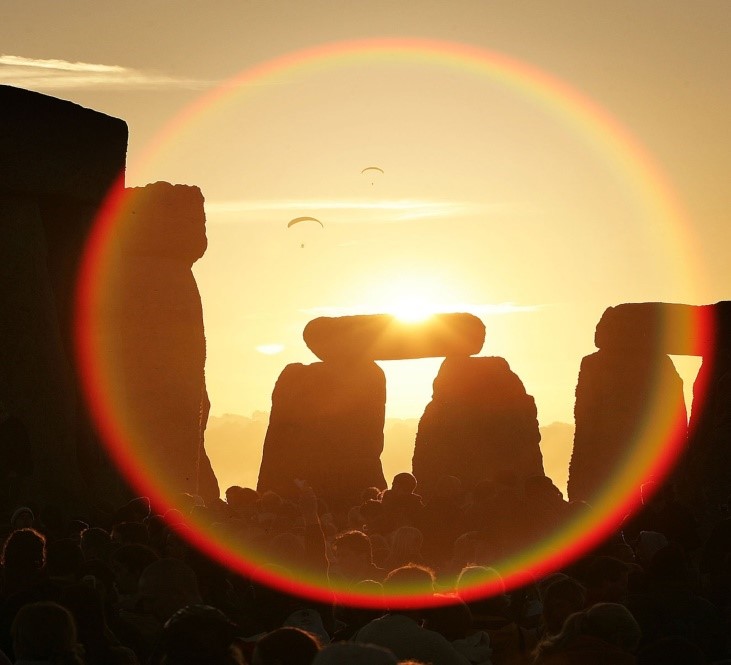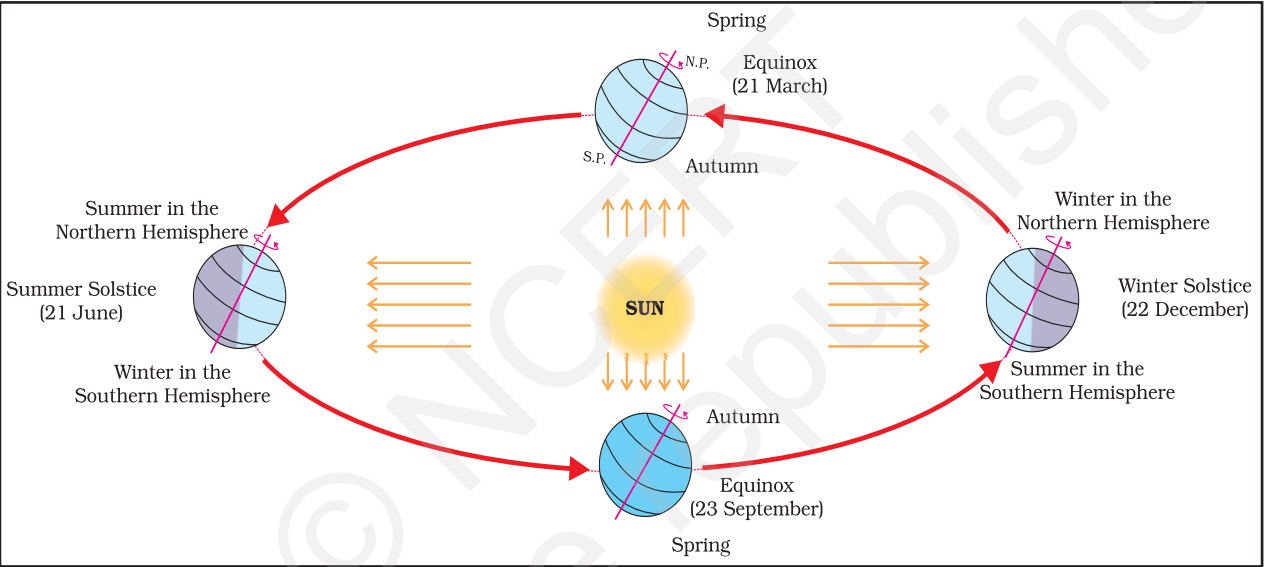





Disclaimer: Copyright infringement not intended.
What is Summer Solstice?
Reason behind Summer Solstice

Disclaimer: Copyright infringement not intended. Source: NCERT
Other Details
Must read Article:
Winter Solstice:
|
PRACTICE QUESTION Explain the phenomenon of Summer solstice in detail. Also mention the reasons why earth experiences Summer solstice. (150 words) |







© 2025 iasgyan. All right reserved